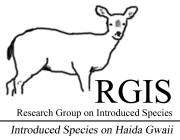

An overview of consequences
- Menu
- Home
- Haida Gwaii
- Introduced Species
- RGIS
- What did we learn?
- Research
- Publications
- RGIS symposium
- School curriculum
- Contacts
- English
- Français
|
|||||||||||||||||||||||||||||||||
|
The islands of Haida
Gwaii / Queen Charlottes support a unique population of flora and
fauna with many sub-species that are considered unique to the islands. Haida Gwaii has more unique
sub-species than any other equal sized area in Canada.
There are 16 alien animal species on Haida Gwaii, 14 mammals and 2 frogs.
|
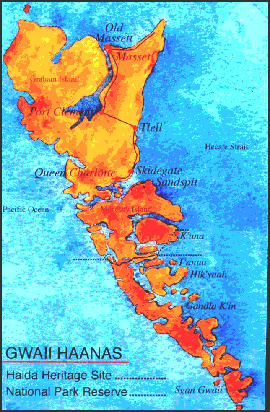 |
||||||||||||||||||||||||||||||||
|
|||||||||||||||||||||||||||||||||
|
For most introductions to the Islands, little thought was given to the
consequences. People
were just bringing familiar plants and animals for gardens, sport,
trapping or food. Many introductions were done accidentally.
|
 |
||||||||||||||||||||||||||||||||
|
|||||||||||||||||||||||||||||||||
What is
special about the native animals of Haida Gwaii?
|
|||||||||||||||||||||||||||||||||
|
The black bears of Haida
Gwaii are a sub-species of the North American black bear. They are the
largest on the continent and are thought to have survived in the
refugia during the last glaciation. They have a heavier and differently
shaped jaw, believed to have evolved from eating shellfish. |
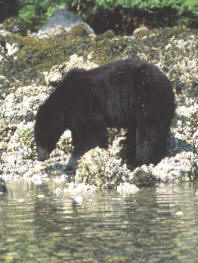 |
||||||||||||||||||||||||||||||||
|
The Haida ermine is
possibly the rarest mammal in BC. The differences in colouring and the
form of its skull may put it as a separate species from those of the
mainland.
|
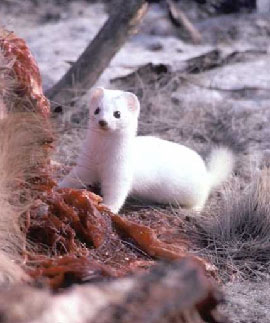 |
||||||||||||||||||||||||||||||||
|
Haida Gwaii has some of BC's most extensive seabird nesting areas and
is internationally recognized for its seabird populations.
|
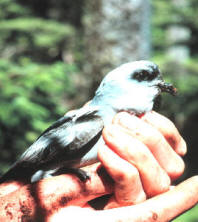 |
||||||||||||||||||||||||||||||||
|
The Dawson's caribou, now extinct, was a unique sub-species to the Islands. It is thought that the introduction of deer may have brought disease to the caribou, but they are believed to have been already on the verge of extinction. The last few animals found were malnourished and stunted. |
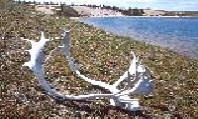 |
||||||||||||||||||||||||||||||||
|
The
effects of deer, beaver and raccoon on Haida Gwaii are considered the
most serious and widespread. |
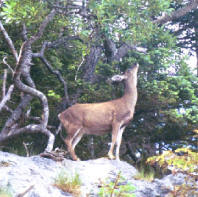 |
||||||||||||||||||||||||||||||||
| Feral animals are domestic animals that have gone wild. Some of these are having adverse impacts on the environment of Haida Gwaii. Some of the more obvious are feral cattle impacting plants and trampling soft soils, cats preying on seabird colonies and rabbits overbrowsing vegetation. The list also includes pigs, goats, dogs and mink. | 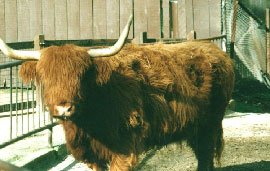 |
||||||||||||||||||||||||||||||||
|
Introduced species management on Haida Gwaii is tied to forestry, hunting, recreation, agriculture and human habitation. Introduced species could be allowed to find their natural level in the ecoystems, but this would reduce biodiversity and may drive some species to extinction. |
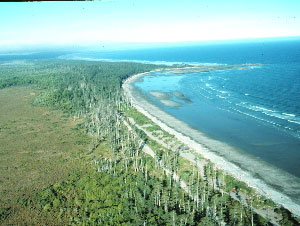 |
||||||||||||||||||||||||||||||||
| return to top of
page |
|||||||||||||||||||||||||||||||||